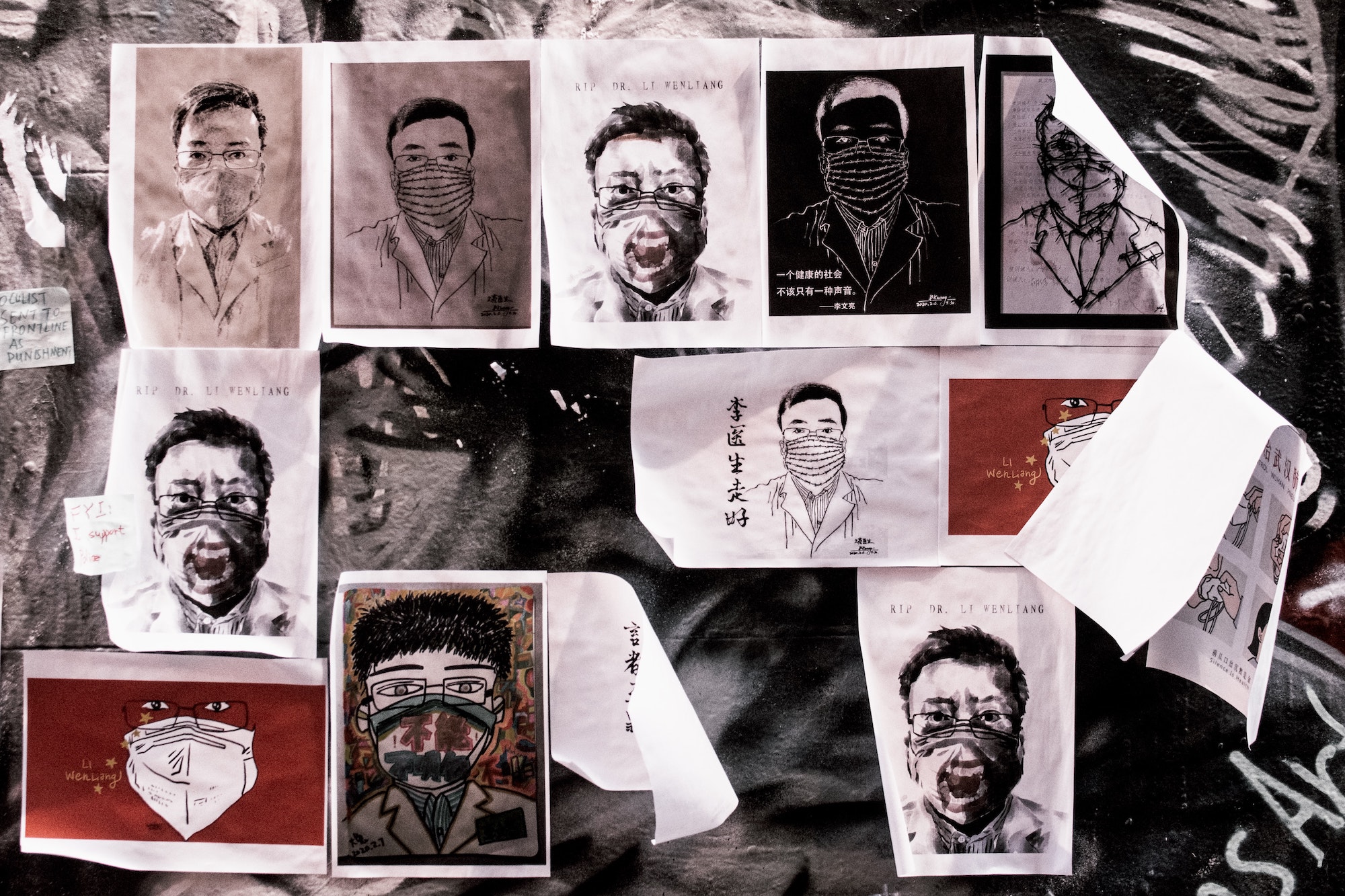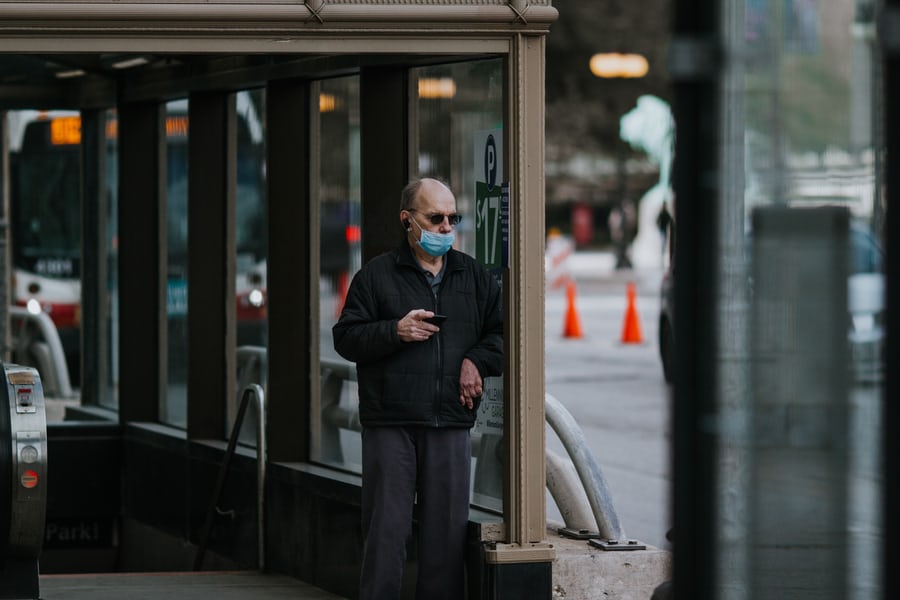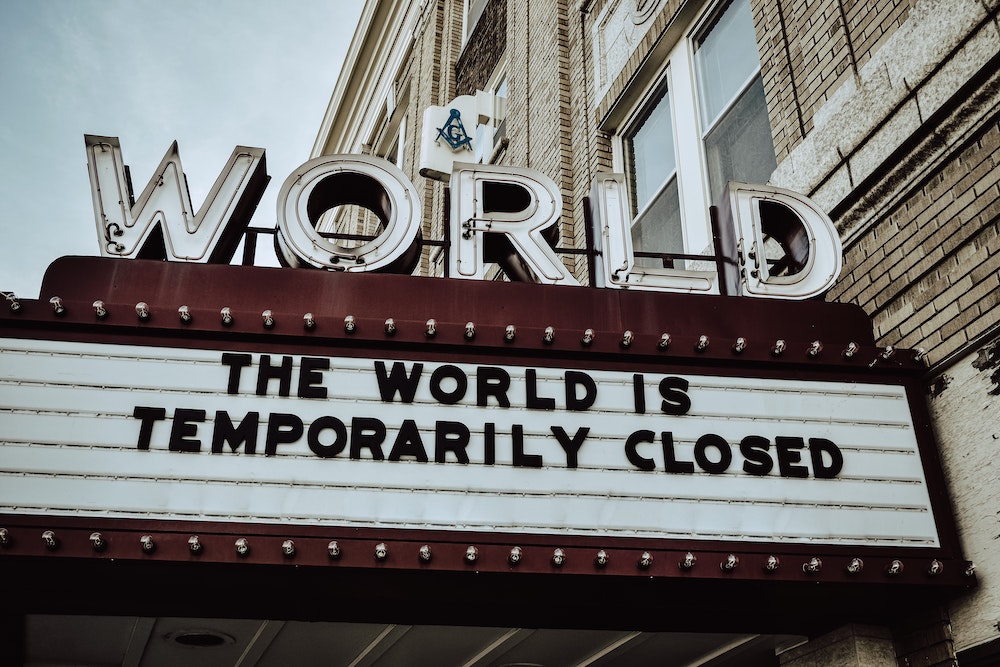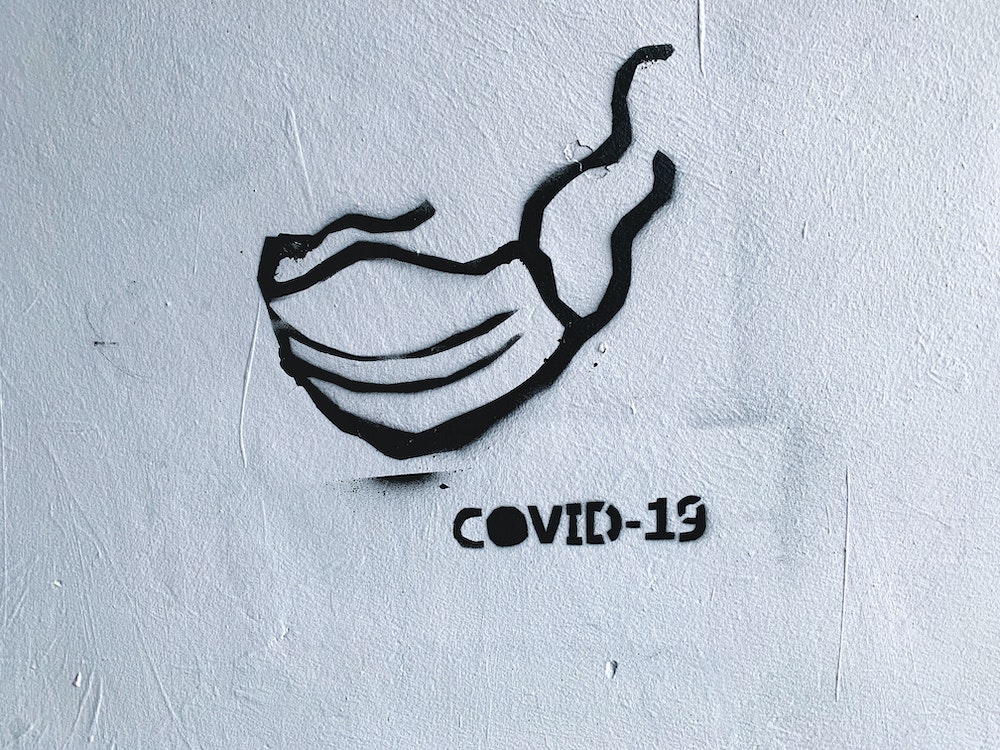This week’s top three COVID-19 case summaries: R v JS, 2020 ONSC 1710, R v CJ, 2020 ONSC 1933, and R v TK, 2020 ONSC 1935.
R v JS (ONSC)
[March 20, 2020] COVID-19 - Judicial Interim Release – Tertiary Ground - 2020 ONSC 1710 [The Honourable Justice Jill M. Copeland]
AUTHOR’S NOTE: Here, the accused brought a bail review application pursuant to s. 520 of the Criminal Code. One of the grounds of the application was that there were material changes in the circumstances due to the current risk posed by COVID-19. Justice Copeland determined that the elevated risk to detained inmates from COVID-19 must be considered in assessing the tertiary ground when considering judicial interim release.
Pertinent Facts
[1] Mr. S. brings a bail review pursuant to s. 520 of the Criminal Code. The review was heard by teleconference with consent of the parties. Mr. S. was not on the conference, but the sureties were present with defence counsel.
[2] The original bail hearing was a reverse onus because of the charges of possession for the purpose of trafficking of certain drugs. I note that the amounts of drugs involved, although clearly trafficking amounts if proven, are street level trafficking amounts, not higher level trafficking.
[3] The defence argues that the Justice of the Peace erred, and that there are also material changes in circumstances.
[4] The Crown opposes release. However, Crown counsel acknowledges that there are material changes in circumstances, both in terms of the new sureties presented, and in terms of the current risk situation posed by the coronavirus. Crown counsel indicated that he did not need to cross-examine the new sureties (and Mr. S.’s mother was cross-examined at the initial bail hearing).
The Tertiary Ground and COVID-19
[5] It is not necessary for me to decide if the Justice of the Peace erred, because I am satisfied that there are material changes in circumstances. There are two material changes: first, the new proposed sureties; and second, the new situation in relation to the Coronavirus which has developed in the past couple of weeks, after the decision of the Justice of the Peace.
[16] St.-Cloud is also clear that even where the Crown can make a strong showing under the four listed criteria, detention is not automatic, and the court must consider whether in all of the circumstances detention is necessary to maintain confidence in the administration of justice: St.-Cloud at paras: 66-71. I note than among a non-exhaustive list of possible factors that a court may consider as part of its assessment of all of the circumstances, Justice Wagner, as he then was, writing for the court, included the personal circumstances of the defendant, including his physical or mental condition (at para. 71).
[17] St.-Cloud is clear that a reasonable and well-informed member of the public, about whose confidence in the administration of justice s. 515(10)(c) is concerned, is familiar with the basics of the rule of law, and the fundamental values of our criminal law. These include the presumption of innocence, the right to liberty, and the rights guaranteed by the Charter: St.-Cloud at paras. 72-87.
[18] In my view, the greatly elevated risk posed to detained inmates from the coronavirus, as compared to being at home on house arrest is a factor that must be considered in assessing the tertiary ground.
[19] I want to be clear that I am not suggesting any failure of the correctional authorities to take appropriate steps to attempt to keep inmates healthy, and to attempt to limit the spread of the virus. But I take notice of the fact, based on current events around the world, and in this province, that the risks to health from this virus in a confined space with many people, like a jail, are significantly greater than if a defendant is able to self-isolate at home. The virus is clearly easily transmitted, absent strong social distancing or self-isolation, and it is clearly deadly to a significant number of people who it infects. The practical reality is that the ability to practice social distancing and self-isolation is limited, if not impossible, in an institution where inmates do not have single cells. I note that this factor concerns not only Mr. S.’s own health, but also the preservation of scarce hospital resources to treat patients. If more people are infected, those resources will be more strained.
[20] This factor must, of course, be balanced with the other tertiary ground factors. In my view, in the circumstances of Mr. S., including the new proposed release plan, he has discharged his onus to show that his release on strict terms would not undermine public confidence in the administration of justice.
[21] The bail review application is granted. …
R v CJ (ONSC)
[March 27, 2020] COVID-19 - Judicial Interim Release – Tertiary Ground – 2020 ONSC 1933 [The Honourable Justice C.J. Conlan]
AUTHOR’S NOTE: Here, the accused applied for a review of the detention order made by a previous Justice, who detained him on the tertiary ground alone. The accused argued that the electronic monitoring and the COVID-19 health crisis meant that a material change in circumstances had arisen. Justice Conlan determined that these considerations addressed the tertiary ground and did not justify the continued detention of the accused. Justice Conlan also rejected the submission that an accused is required to provide some “evidence” to support that he is more at risk of contracting COVID-19 while at the jail.
Pertinent Facts
[1] The Accused/Applicant, C.J., applies for a review of the detention Order made by The Honourable Madam Justice Miller of this Court on January 3, 2020. C.J. had applied, unsuccessfully at that time, for release on bail following the initial detention Order made by the Justice of the Peace.
[5] The oral decision of Justice Miller on January 3, 2020 upheld the prior detention Order, but on the tertiary ground alone. At that time, the Court found that any secondary ground concerns had been adequately addressed by the bail plan being proposed – that C.J. live with his parents, as sureties. There was no electronic monitoring proposal at that time, nor was there any wide-sweeping global health crisis that had significantly impacted life in Canada.
[6] This Court’s decision turns exclusively on a consideration of the tertiary ground. Unquestionably, in my view, the combination of electronic monitoring through an ankle bracelet and the current state in Ontario of the COVID-19 health crisis, combined, constitute a material change in circumstances that has arisen since the record that was before Justice Miller.
The Tertiary Ground and COVID-19
[7] This Court agrees with the able submission of Ms. Muller that the Crown’s case appears to be very strong. Absent any consideration of potential Charter arguments, if the loaded handgun and the cellular telephone seized under warrant from the residence in question are ultimately admitted into evidence at trial, C.J. is in serious jeopardy of being found guilty of some or all of the offences. In addition, Ms. Muller is correct that all three of the other tertiary ground considerations discussed in the leading jurisprudence are present on our facts: the charges are very serious, and they involve a firearm, and they expose C.J. to a potentially lengthy term of imprisonment and, regarding the firearm specifically, a minimum jail sentence.
[8] Nevertheless, this is not simply a mechanical exercise of checking boxes. It is much more nuanced than that. In the end, I do not believe that a reasonably informed member of the public would lose confidence in the criminal justice system if she discovered that a fairly young adult with no criminal record who proposes a very stringent bail plan with two residential sureties plus electronic monitoring, presumed to be innocent of the charges that he is facing, is released from the confines of a jail setting in the midst of a global health crisis having arrived, in spades, on our doorsteps in Ontario.
[9] As to any suggestion that this Court may need “evidence” that C.J. is, while at the jail, more at risk of contracting COVID-19 than if he was not in jail, I reject that submission. I accept what I already have as evidence from C.J. – Maplehurst Detention Centre has curtailed or eliminated altogether the few niceties that prisoners had available to them previously, such as family visits and religious services. Viewed strictly in the context of the virus, that is welcome news. But I also do not live in a bubble; it is incontrovertible that a jail setting is not conducive to the types of physical distancing and other safety measures being recommended by all of the health authorities to help protect oneself against the virus. To demand some “evidence” in support of that is, with respect to any contrarian view, unnecessary.
[11] For these reasons, having addressed the tertiary ground and explained why it does not justify the continued detention of C.J., the Application is granted.
R v TK (ONSC)
[March 30, 2020] COVID-19 – Judicial Interim Release – Secondary Ground – 2020 ONSC 1935 [The Honourable Justice A. J. Goodman]
AUTHOR’S NOTE: Here, the accused brought a bail review application pursuant to s. 520 of the Criminal Code. The accused was initially detained by a Justice of the Peace on the secondary ground. The accused submitted that his new bail plan and the current risk posed by COVID-19 constituted a material change in circumstances. Justice Goodman concluded that the jeopardy and risk posed to inmates from COVID-19 is a valid factor when considering the secondary ground for detention.
Pertinent Facts
[1] This is an application pursuant to s. 520 of the Criminal Code, R.S.C. 1985, c. C-46, for a review of the applicant’s detention order. The applicant, T.K. was detained following a bail hearing held on March 8, 2019 before Justice of the Peace Woloschuk in Hamilton.
[7] On the basis of the evidence presented, Ms. McCourt argues that this Court is in a position to review the decision under the relevant authorities and principles and fashion a form of release to meet the primary and secondary grounds (and now implicating the tertiary ground advanced by the Crown). In support, the applicant is proposing a different surety than the one advanced at the bail hearing. The applicant submits that the new surety is a stronger surety and is able to provide better supervision.
[8] Counsel emphasizes that given the current situation, consideration ought to be made to the recent decision in R. v. J.S., 2020 ONSC 1710, [2020] O.J. No. 1206, as it pertains to a material change in circumstances arising from the ubiquitous pandemic situation in Ontario.
[12] In respect of the secondary ground, the Crown says that the applicant’s extensive record provides powerful grounds to believe that he will continue to commit offences if released on bail, which jeopardize the safety of the public. His record is replete with property crimes, violent crimes, weapons offences, drug trafficking and possession for the purpose of trafficking as recently as 2017. While on parole he violated its terms and was recommitted in 2017. Approximately one year before the crimes before the court, he was convicted of possession of a prohibited/restricted weapon, and after that two further assaults on different dates. Further, T.K. was, at the time of the current offences, breaching three separate probation orders, one of which contained a specific no-drug term. T.K.’s history demonstrates he is a violent drug dealer, and is highly likely to commit further serious offences if released on bail. These factors support detention on the secondary ground.
[14] The Crown submits that the public would lose confidence in the administration of justice if the applicant, with his track record for violence, drug dealing, and failing to comply with court orders and parole, and who was caught with a very large volume of methamphetamine, was permitted to be released on bail in these circumstances. Finally, the Crown submits that there is simply no reason to believe that the proposed surety and plan can sufficiently mitigate the risk of absconding, the public safety risk, or jeopardizing the public’s confidence in the administration of justice.
The Secondary Ground and COVID-19
[60] While the consideration of this risk factor in J.S. is focused under the tertiary ground, I would go further and find that the jeopardy and risk posed to inmates from COVID-19 while incarcerated in detention centres awaiting trials (that are currently suspended) is also a valid factor when considering the secondary ground for detention; in particular for non-violent offenders on a bail review.
[61] The Crown acknowledges the valid concerns raised by counsel and the jurist in J.S. In fact, I am advised that the Public Prosecution Service is reviewing cases on a file by file basis and may be taking a more “liberal” view of bail than usual. However, Mr. Razaqpur states that this cannot apply in every case, including the one at bar. T.K. is a high level methamphetamine drug trafficker - supplier to street level supplier, according to the criteria in R. v. Hay, 2013 O.J. No. 6493 at para. 11. Again, the Crown emphasized that while no weapons were used, T.K. is facing significant penitentiary time.
[67] While the current coronavirus is daunting and challenging, the court must be mindful of the risks of release of violent offenders back in the community for the sake of reducing the prison population in detention centres. In this regard, I agree entirely with Edwards J.’s sage analysis of the issue.
[68] Indeed, there is a delicate balance that need be put into play. However, drawing from St-Cloud, in my opinion, a reasonable and well-informed member of the public, about whose confidence in the administration of justice is concerned; being familiar with the basics of the rule of law and the fundamental values of criminal law, in conjunction with the ubiquitous nature of the current pandemic and a reasonable plan to address the release of non-violent offenders, would not lose confidence in the criminal justice system.
[69] All this is not to suggest that violent offenders or those who commit crimes of violence could never be released on a bail review. However, notwithstanding the current pandemic, this can only occur if and when the well-established principles from the jurisprudence are satisfactorily addressed and not merely regurgitating a plan of release that was rejected at first instance.
[72] When I consider the current state of affairs in the detention centres and with due consideration to the COVID-19 pandemic, I am persuaded by Ms. McCourt that the applicant will abide by the release conditions imposed instead of remaining in detention awaiting trial months, if certainly not longer.
[73] In adding the COVID-19 pandemic into the proposed release plan’s “mix” and as expressed in J.S., in this case, I am persuaded that the release plan proffered will address the Crown’s primary, secondary and tertiary concerns. At the same time, this decision is not intended to send out a message that due to the pandemic there exists a revolving door policy for offenders to commit crime with the expectation of release or that offenders can now benefit with a “get out of jail free” card. Indeed, if this were the case generally, it would erode the public confidence in the criminal justice system, especially as it pertains to violent offenders or crimes of violence.
[74] In summary, even in these very challenging times, the court must fully recognize the potential harmful health impact on detained persons in the various institutions, while at the same exercising the balancing required to sustain its fundamental role in the administration of justice and protection of the public.
[75] The bail review application is granted. …






